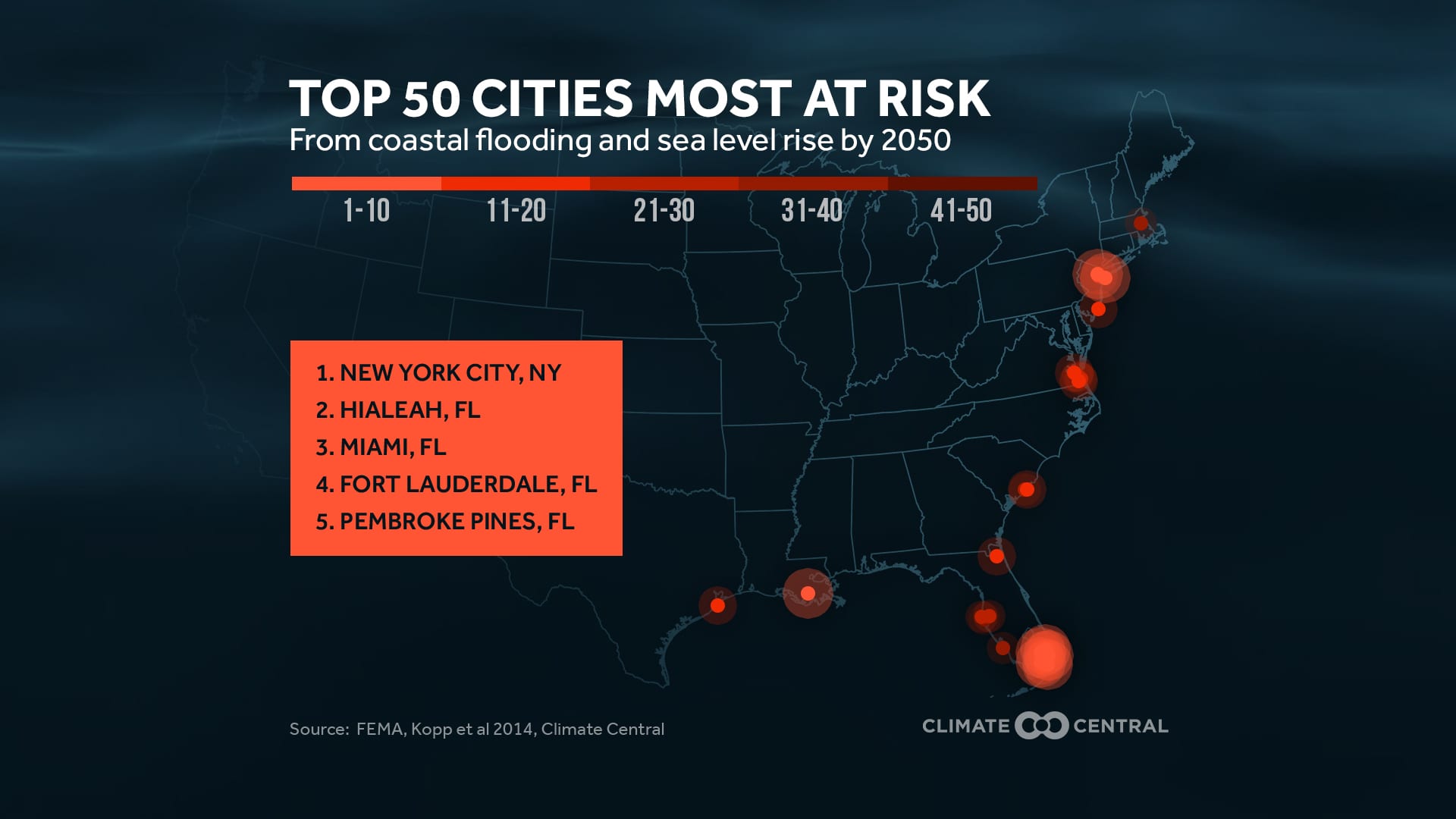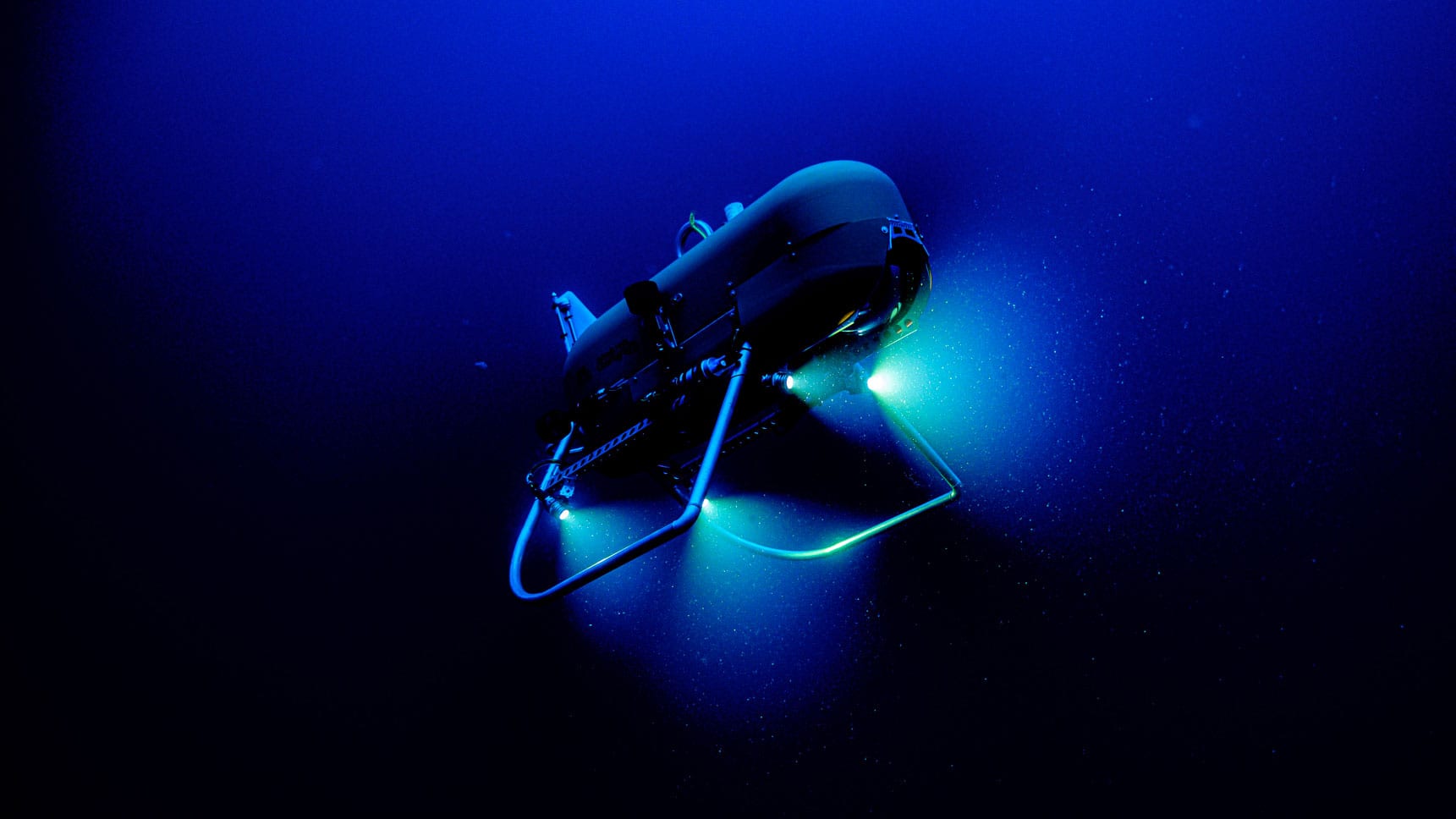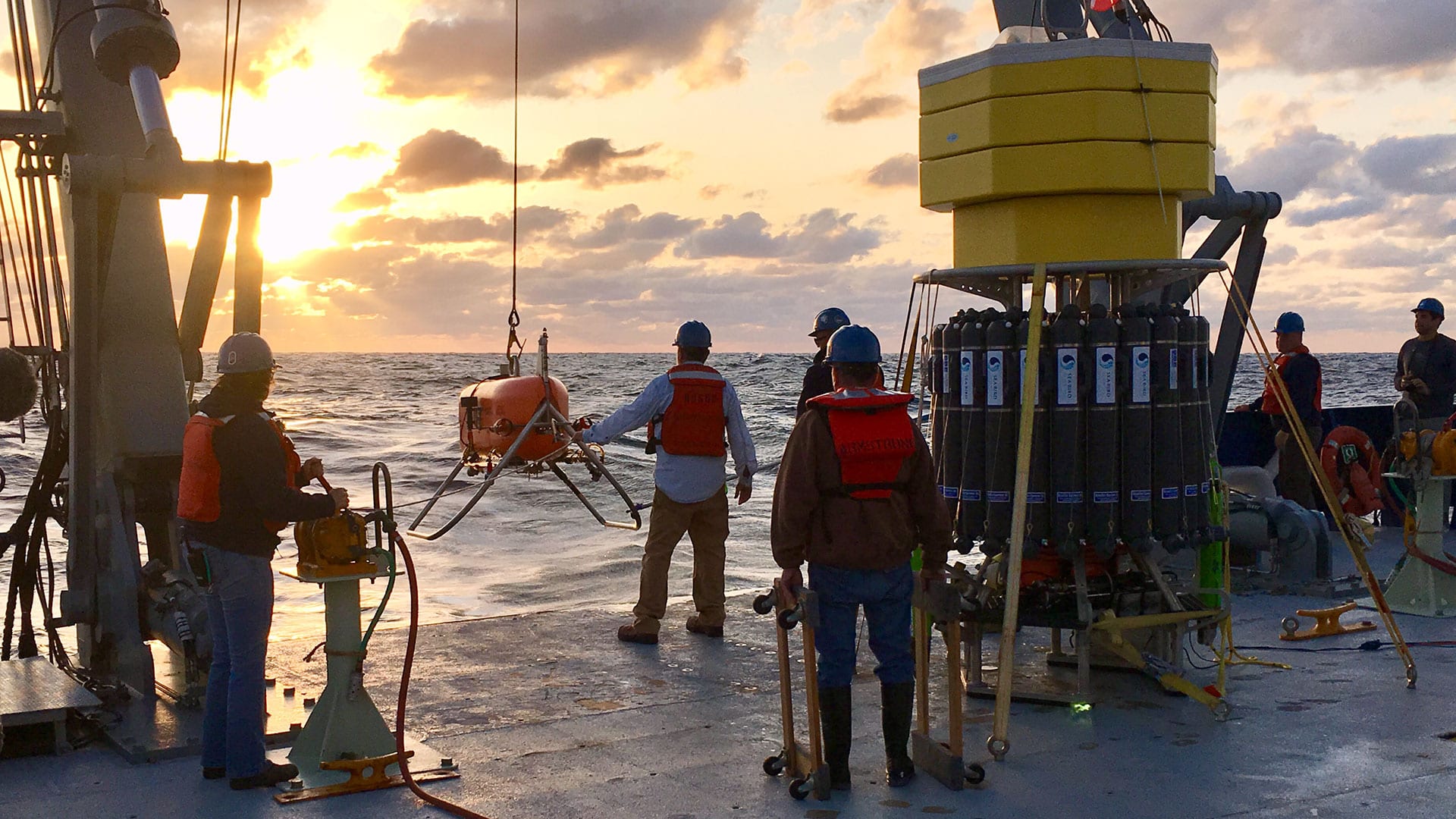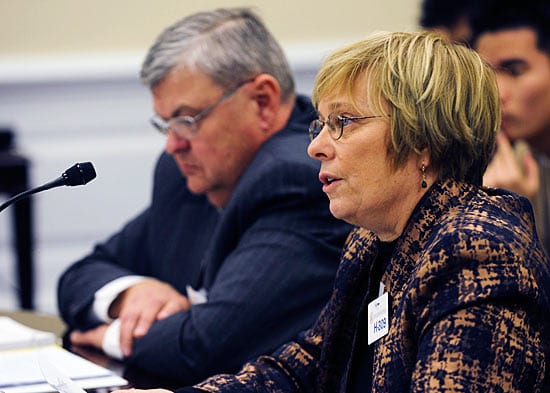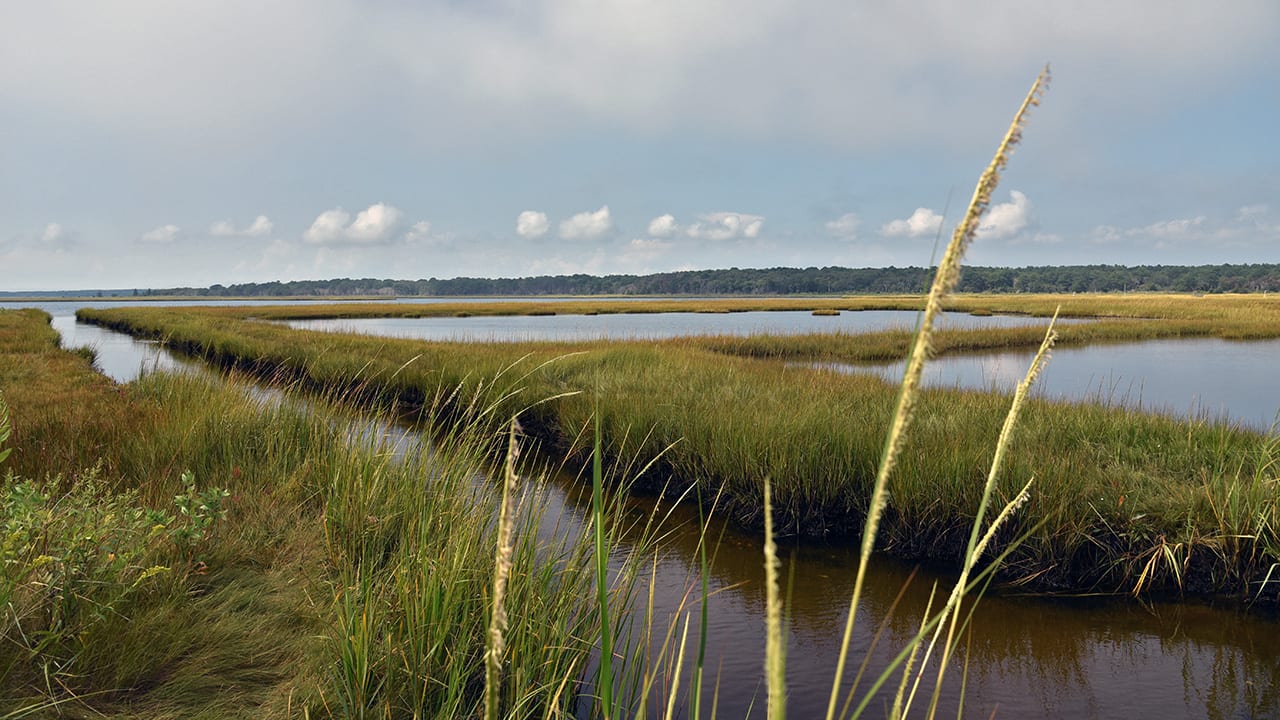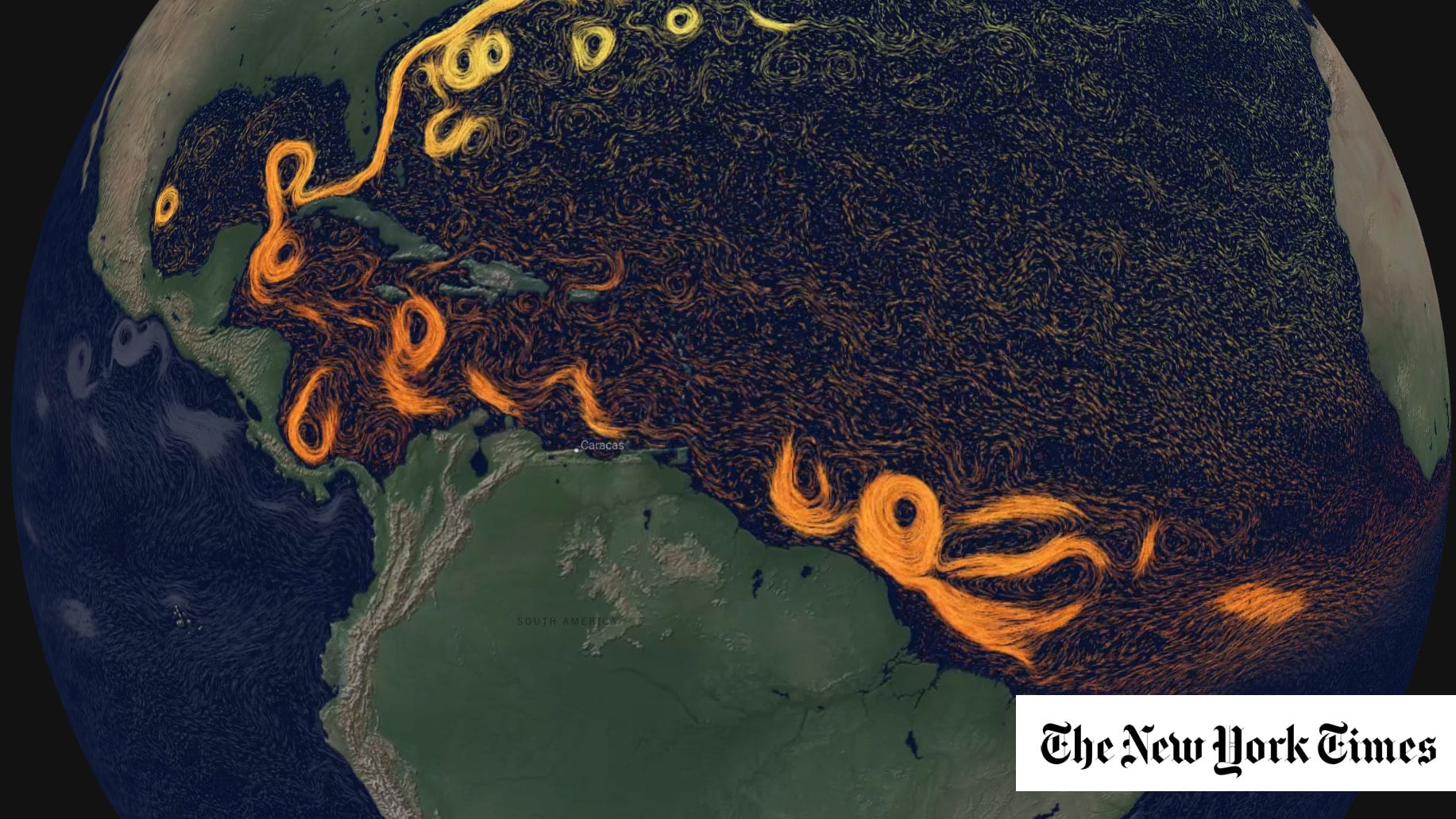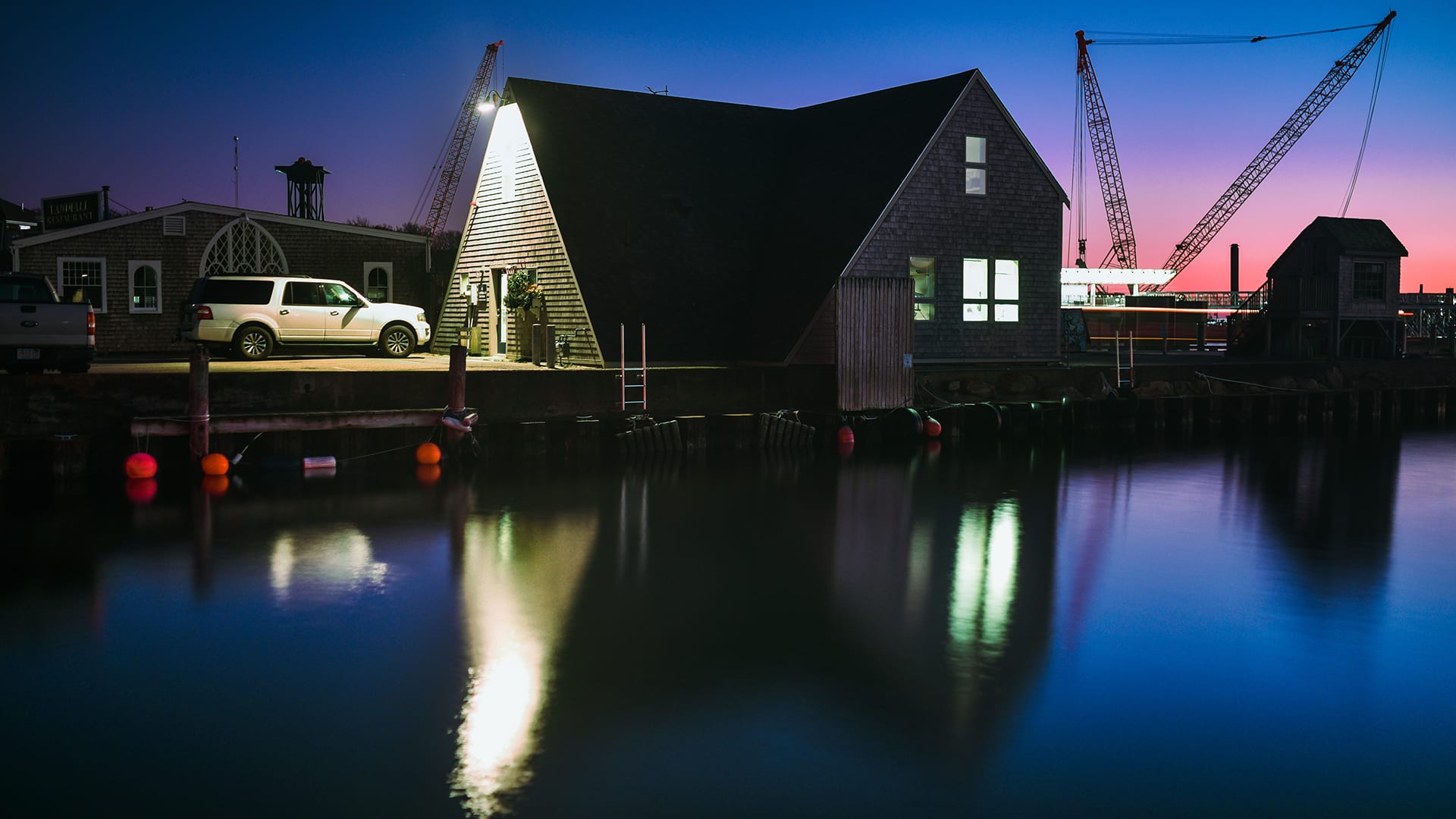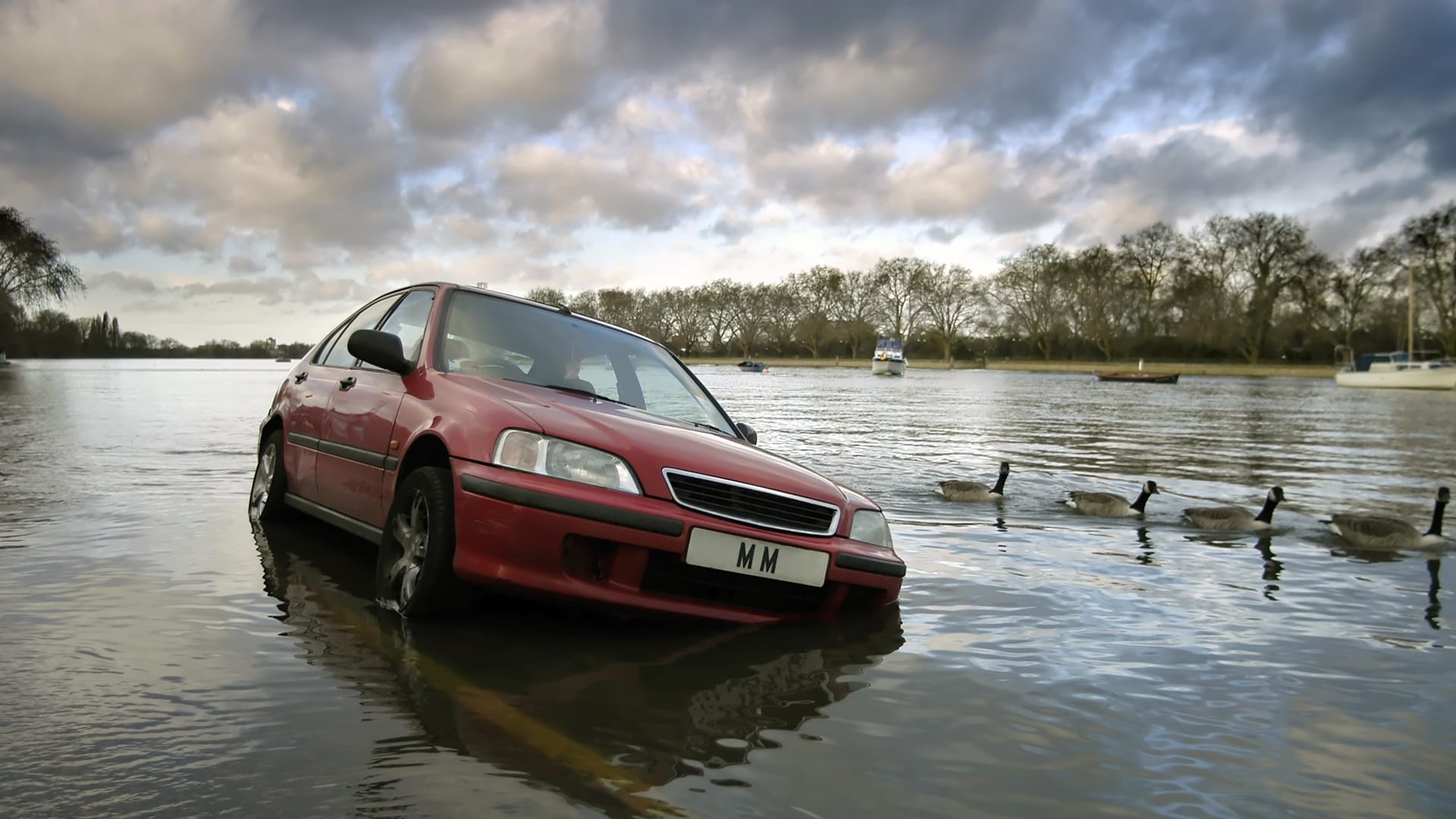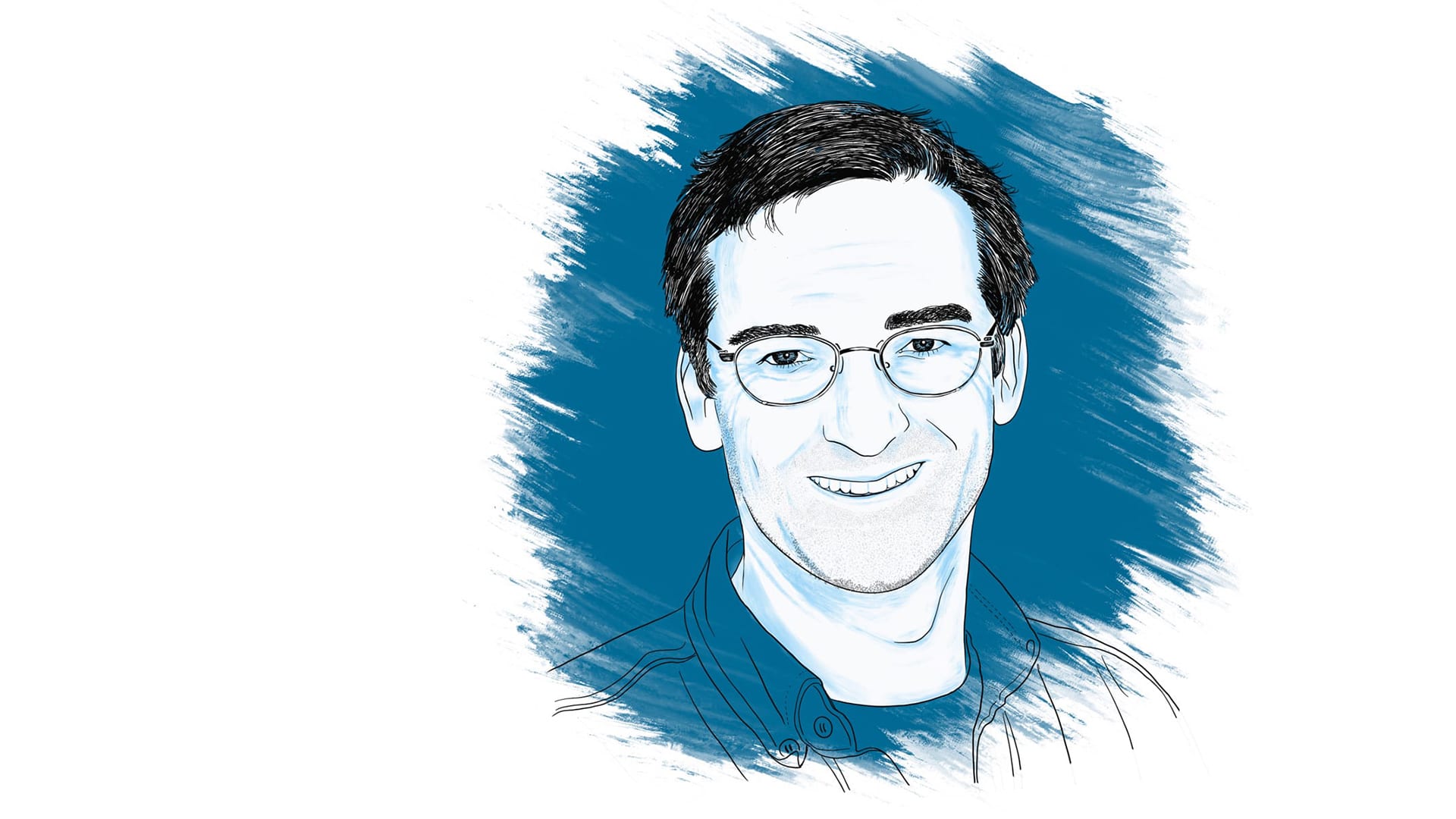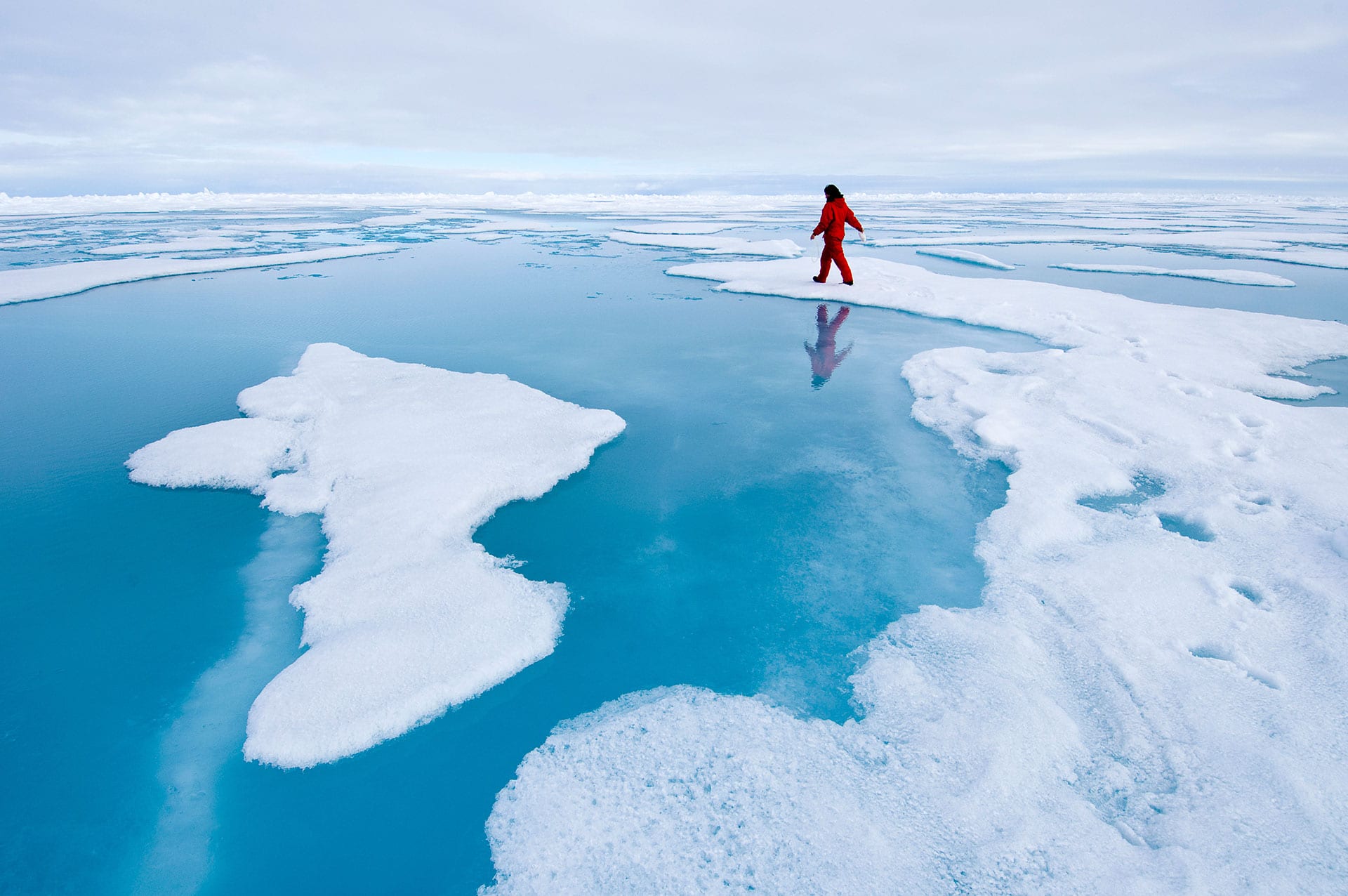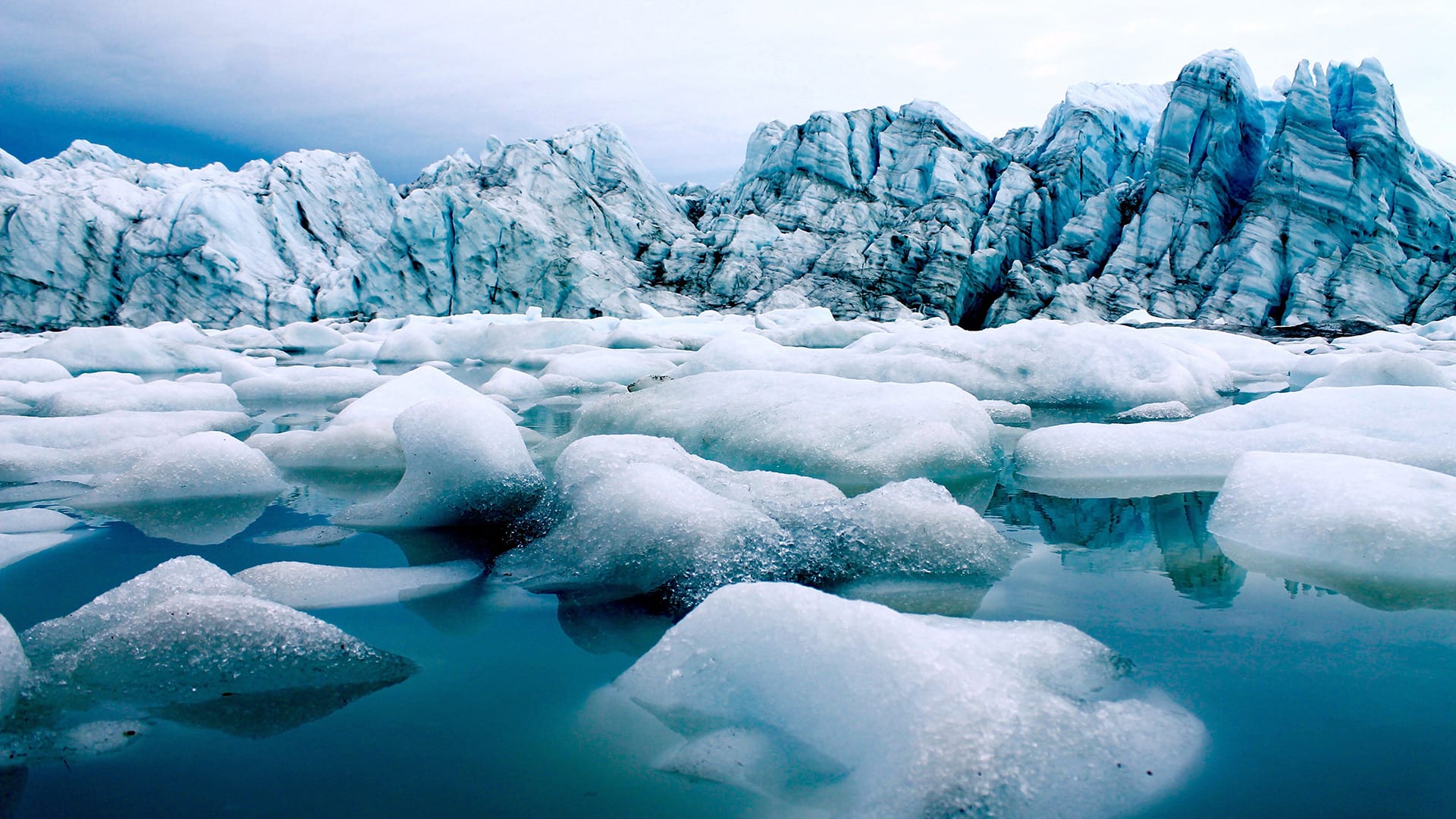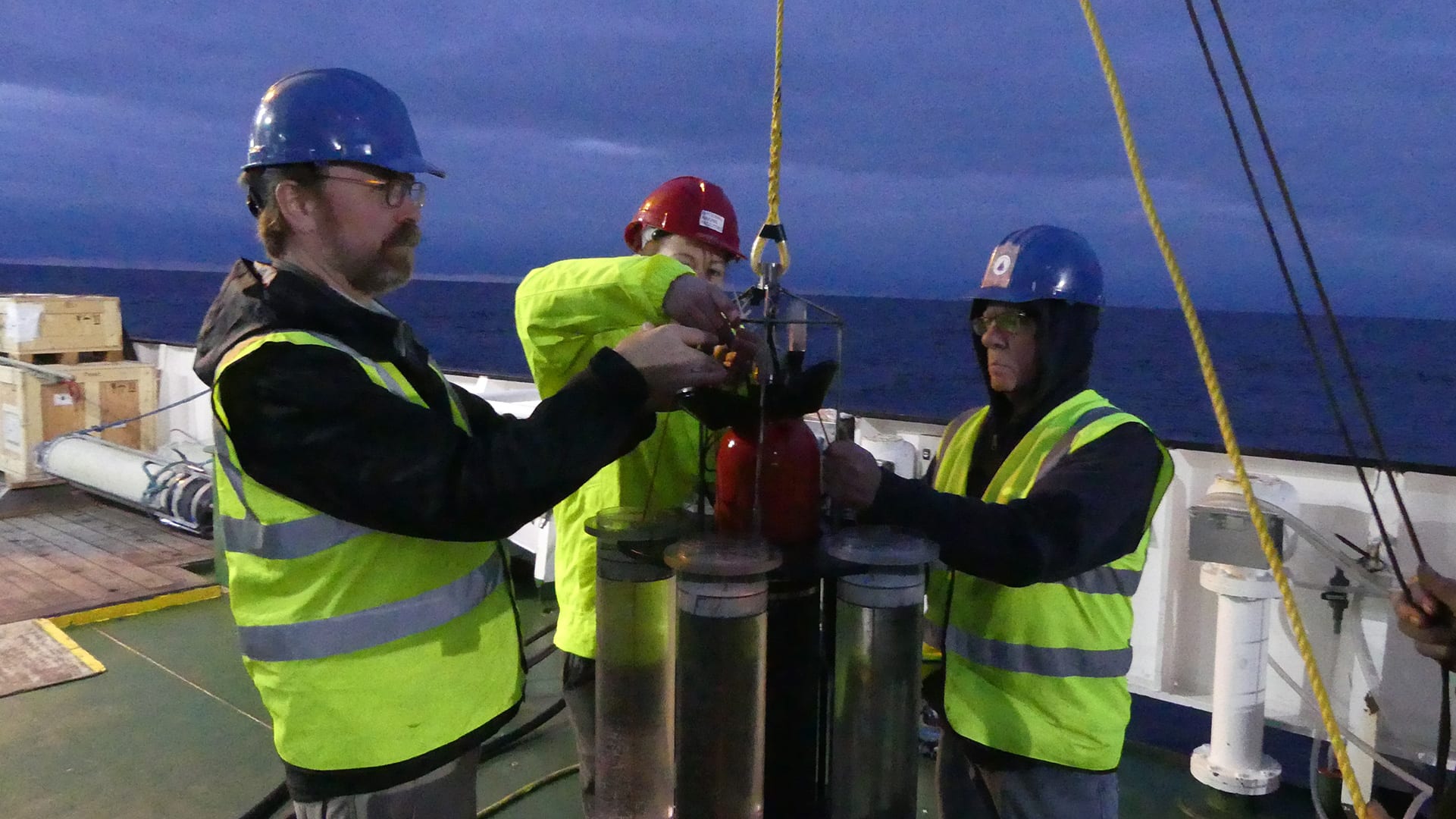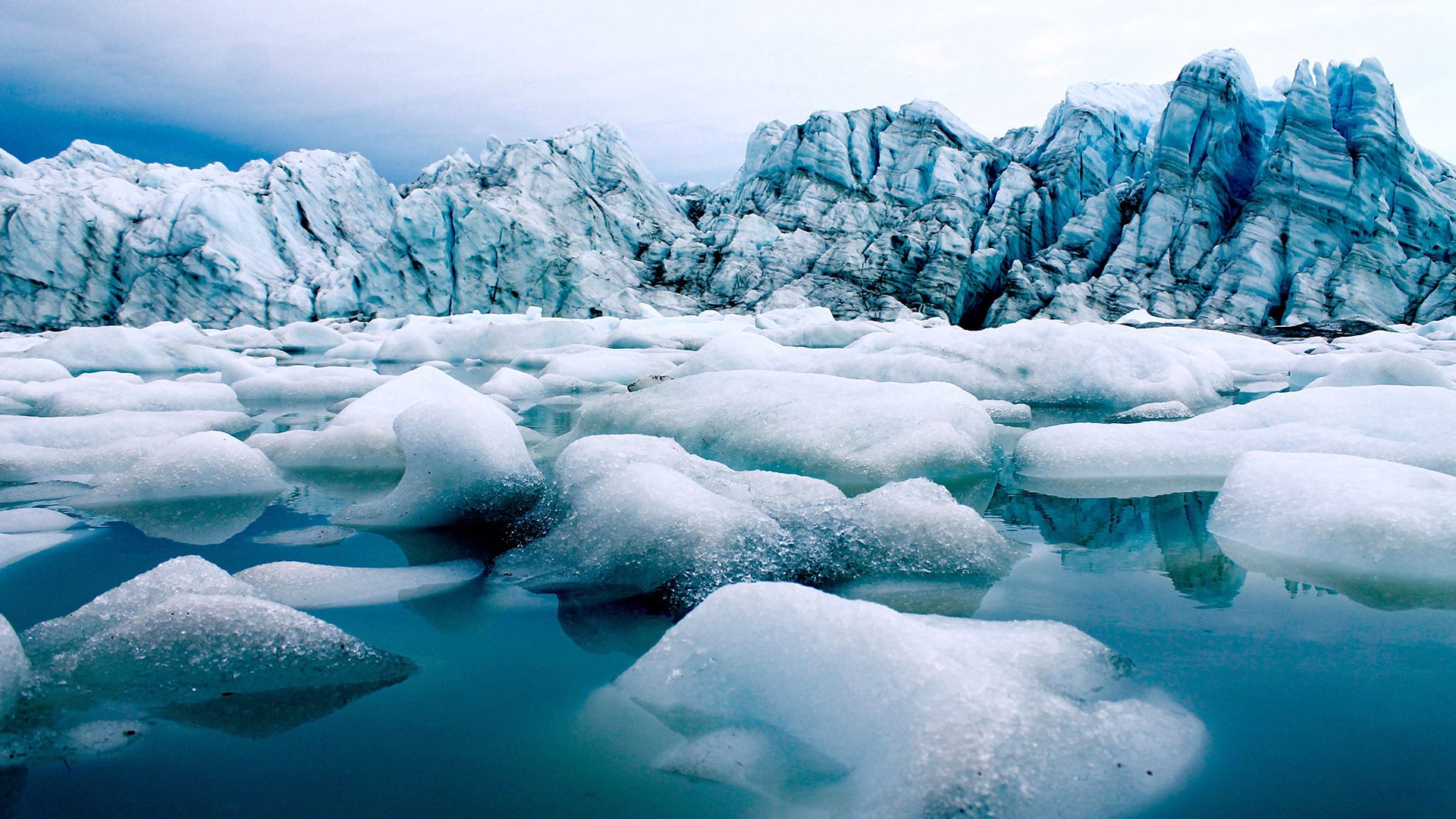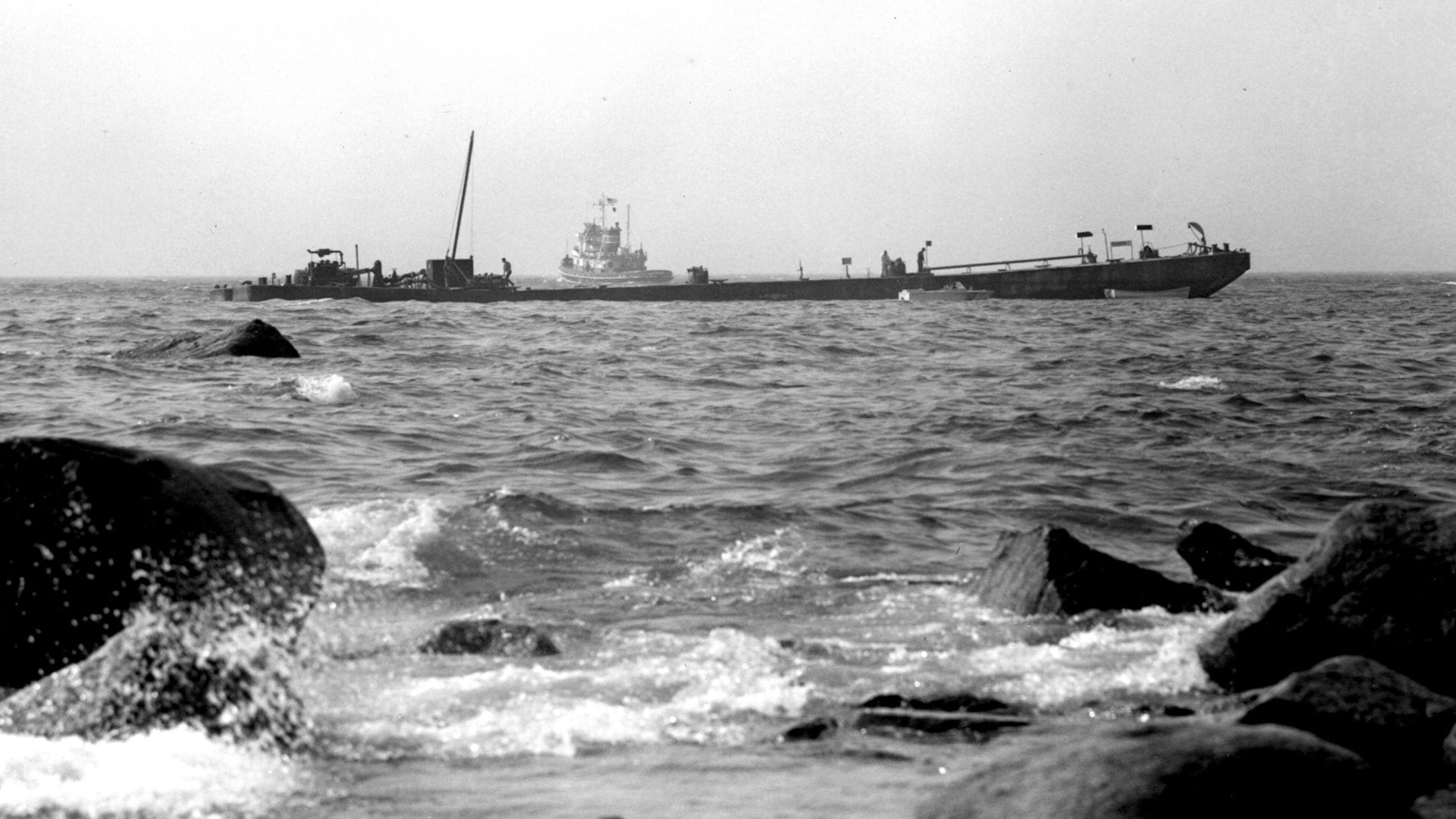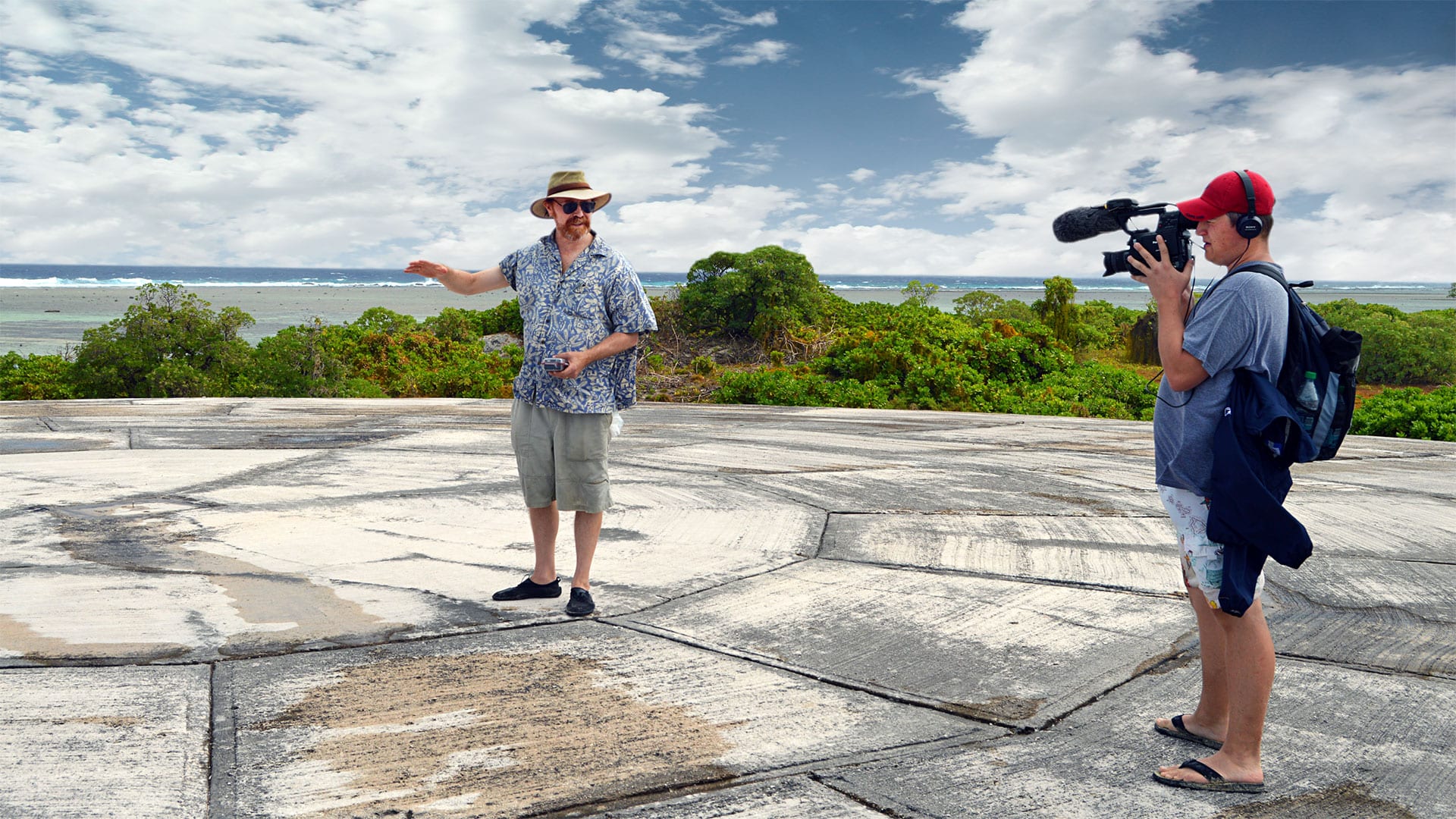News & Insights
WHOI scientists weigh in on sea level rise impact study
When it comes to future sea level rise, most studies predict we’ll see between four to eight inches of global sea level rise between now and 2050. The looming question is—how many people will be affected by rising seas in the coming decades?
Read MoreThe Rise of Orpheus
WHOI’s new deep-sea autonomous underwater vehicle moves one step closer to exploring the hadal zone—the deepest region of the ocean—to search for new clues about the limits of life on Earth, and possibly beyond.
Read MoreThe Rise of Orpheus (Part 2)
WHOI’s new deep-sea autonomous underwater vehicle moves one step closer to exploring the hadal zone—the deepest region of the ocean—to search for new clues about the limits of life on Earth, and possibly beyond.
Read MoreThe Rise of Orpheus (Part 1)
WHOI’s new deep-sea autonomous underwater vehicle moves one step closer to exploring the hadal zone—the deepest region of the ocean—to search for new clues about the limits of life on Earth, and possibly beyond.
Read MoreHearing on “How the Mission and Related Research of NOAA Contribute to The National Science Program”
Dr. Susan K. Avery, President and Director Woods Hole Oceanographic Institution MARCH 4, 2009 Good morning, Chairman Mollohan and members of the Subcommittee. Thank you for the opportunity to speak with…
Read MoreThe Federal Ocean Acidification Research and Monitoring Act: H.R. 4174
Scott Doney, Senior Scientist Marine Chemistry & Geochemistry Department Woods Hole Oceanographic Institution June 5, 2008 Introduction Good morning Chairman Lampson, Ranking Member Inglis and members of the Subcommittee. Thank…
Read MoreInteractions Between the Seafloor and the Oceans: From the Coastlines to Mid-Ocean Ridges
Rob. L. Evans June 8, 2005 A common perception is that the seafloor is an isolated, static and unchanging desert—a place that has little bearing on our lives at the…
Read MorePutting a value on green infrastructure to protect coastal communities
During an era of increasing sea level rise, WHOI marine policy experts Hauke Kite-Powell, Di Jin, and Porter Hoagland quantify the ecological value of shore-stabilizing ecosystems like wetlands and barrier islands
Read MoreCelebrating Pi Day with Chris Piecuch
Celebrate “Pi Day” by getting to know WHOI physical oceanographer Chris Piecuch!
Read MoreWHOI scientists on warming atmosphere, weaker Gulf Stream
The warming atmosphere is causing an arm of the powerful Gulf Stream to weaken, some scientists fear
Read MoreFive feet above a rising ocean
As the seas rise in Woods Hole, one of the institution’s chief stewards recalls past storms to plan for the future
Read MoreLearning the recipe for high-tide floods
A new WHOI-led program receives $1.5 million from NASA to investigate how local and regional environmental conditions affect extreme sea-level rise
Read MoreTo sail, not to drift
Navigating a changing ecosystem, funding marine science, and finding hope—WHOI Deputy Director Rick Murray charts the course toward our ocean’s future.
Read MoreOceans of Change
Oceans of Change WHOI scientists learn how the ocean shapes—and is shaped by—global climate By Madeline Drexler (Photo by Simon Buchou on Unsplash) “THE SEA NEVER CHANGES, AND ITS WORKS,…
Read MoreUnderstanding the Melting Arctic
Glaciologist Sarah Das explains why surface melting and runoff across Greenland’s mile-thick ice sheet sped up dramatically in the 20th and 21st centuries, showing no signs of abating.
Read MoreThe Ocean Twilight Zone’s crucial carbon pump
When CO₂ enters the ocean, where does this heat-trapping gas go? WHOI geochemist investigates how much carbon from the surface ocean is dispatched to the ocean twilight zone–the midlayer of the ocean–and on to the deep ocean.
Read MoreWHOI weighs in on climate change report
Rick Murray, WHOI Deputy Director and Vice President for Research, weighs in on the IPCC’s special report on the ocean and cryosphere in a changing climate.
Read MoreFifty years later, the West Falmouth oil spill yields lasting contributions to remediation efforts
After 175,000 gallons of oil spilled from a barge that ran aground along West Falmouth Harbor, the contaminant has all but disappeared, save a small marsh inlet that continues to serve as a living laboratory for scientists at Woods Hole Oceanographic Institution.
Read MorePutting the ‘nuclear coffin’ in perspective
WHOI chemist and marine radioactivity expert shares his thoughts about radioactivity waste leaking from Runit Dome—a bomb crater filled with radioactive soil in the Marshall Islands that is now being penetrated by rising sea levels
Read More
